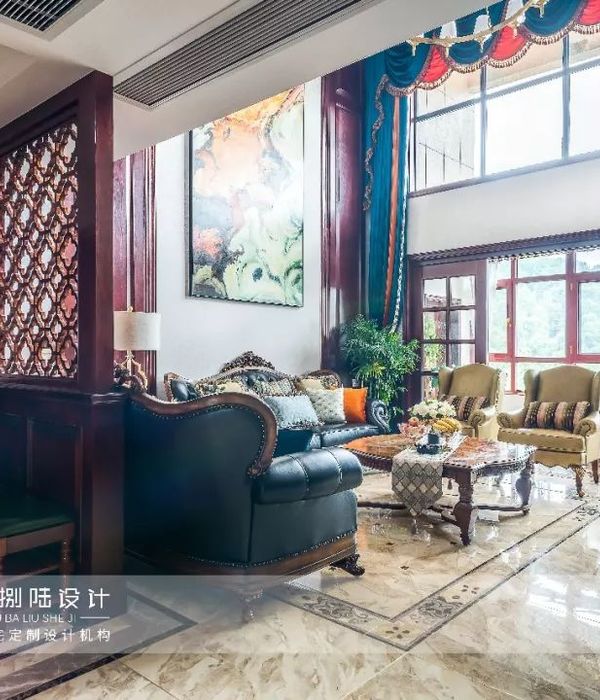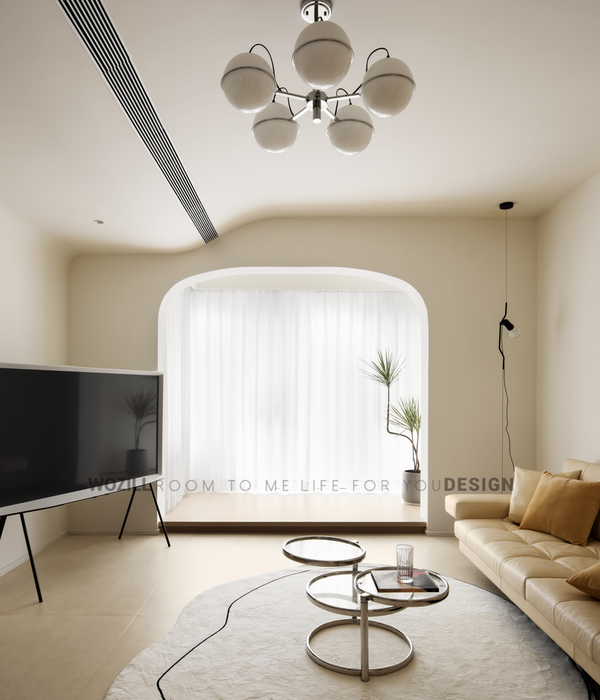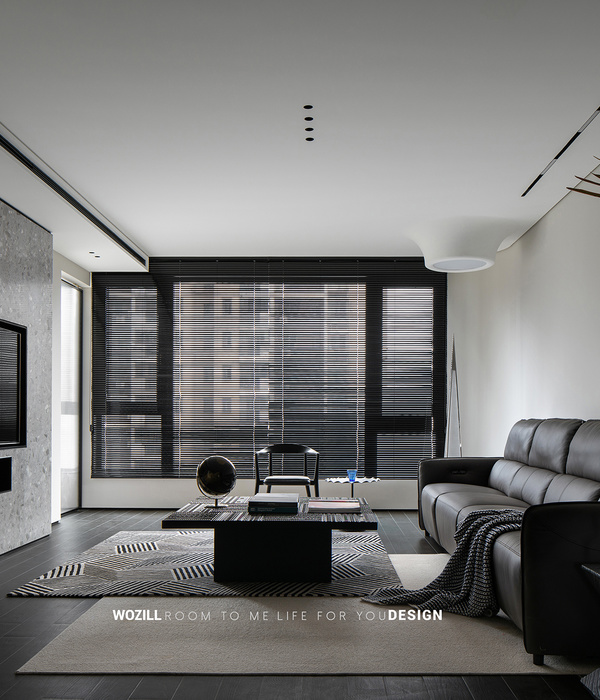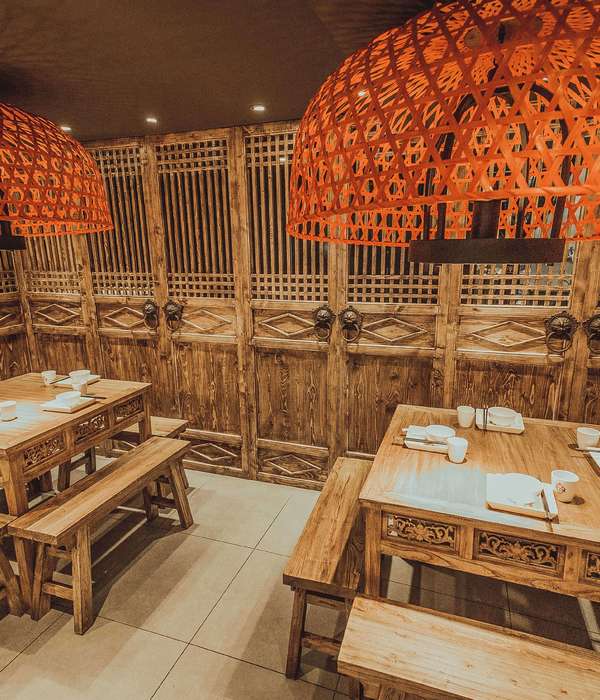The residence is located in Valentín Alsina in the Lanús District, Province of Buenos Aires. The plot, a lot between party walls measuring 8.66 x 29 meters in depth, is oriented towards the northwest, with its front facing the public road. The clients are a family composed of a father, a mother, and two children. The house was intended to have a master bedroom, a bedroom for each child, a kitchen-dining area, a spacious living area, and a covered garage for two vehicles.
The clients wanted to maximize the uncovered space of the existing lot to use it daily as an outdoor space. To achieve this, the decision was made to shift the constructed volume towards the front, thus leaving a generous space at the rear of the lot.
To emphasize this requirement, the creation of a compact residential volume was considered, while maintaining the spatial quality of each area and providing the appropriate privacy and scale to the backyard. Thus, the residence would establish a permeable and open link to the rear, creating a contrast with a more private character towards the municipal line. Strategically, the distribution placed the bedrooms on the first floor, while public spaces were located on the ground floor.
This approach allowed the backyard to relate simply to the interior of the house, conceiving it as a large space contiguous to the home, experiencing it daily as a natural extension of the domestic environment. To harmoniously merge the backyard with the interior of the house, the task of creating an exceptionally translucent interior-exterior boundary was undertaken.
This boundary was designed to have essential features ensuring optimal climate control, adequate lighting, the possibility of darkening when necessary, as well as security and accessibility within the home. As a result of this approach, a facade was designed that can adapt completely or partially, depending on the needs and preferences of the inhabitants, allowing a seamless transition between a closed space and one that is completely open.
The enclosure at the rear of the residence was conceived to adapt to the changing needs of the user, offering the flexibility to become a solid boundary or disappear completely. To achieve this versatility, a facade was designed integrated with automated blinds and large sliding glass windows at ground level, allowing total opening during the day to naturally illuminate and ventilate the interior spaces, and the possibility of darkening them completely at night. The implementation of self-locking blinds helped minimize the thickness of this interior-exterior boundary, eliminating the need for bars or other security devices.
In this way, the structural, darkening, and security elements of the house were consolidated into a single system. Additionally, automated roller blinds were incorporated as an additional layer to control the entry of sunlight and ensure privacy, allowing the filtering of natural light throughout the seasons without relying solely on artificial lighting. The structural design of the house was based on a diagram that modulates and dimensions each space in the home. This modulation is visible and perceived in all areas of the residence, also defining the dimensions of the front and rear window and shutter panels. The spatial layout of the residence is based on dividing the total width of the lot into equal quarters, creating a module of 1/4.
Then, a sub-modulation is introduced, dividing each quarter in half, generating a module of 1/8. These patterns govern, articulate, and give dimension to all interior spaces, also defining the compositional elements of both facades. The dimensions of the main spaces are defined by the 4-module, spanning the total width of the project. For example, the living-kitchen-dining space spans 4/4, while the adjacent living area occupies 2/4. The bedrooms are distributed in 2/4 at the front and back, and the stair space develops in 1/4. To adjust the dimensions of bathrooms, parking, circulations, and laundry, the sub-modulation of 8 parts is used.
The front facade is defined by the partition of 8/8, providing greater versatility for the required functions of the program, granting more privacy towards the public road, while towards the backyard, greater openness and transparency are sought using the 4/4 module, minimizing structural dimensions using metal columns. The meticulous proportion between elements, the harmonious relationship of spaces with each other, and the connection of the module with the height of the residence converge to create a pleasant and cohesive sensation when traversing and inhabiting each corner.
To highlight this harmony, the interior design of the house was conceived using exclusively neutral materials and wood. The entire residence presents itself with geometrically simple spaces in white tones, devoid of moldings or ornaments, thus cultivating a minimalist and simple character. To infuse warmth and contrast to the predominant white, all furniture was made of American oak, consolidating visual and sensory harmony in each environment. This residence not only seeks functionality and efficiency but aspires to become a harmonious home that reflects the identity and specific needs of the family, providing a welcoming and adaptable space to their lifestyle.
{{item.text_origin}}












